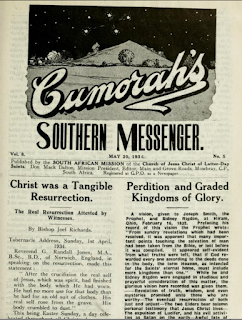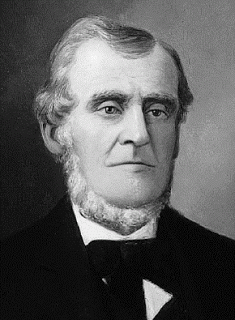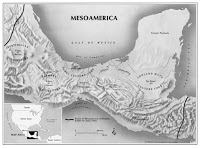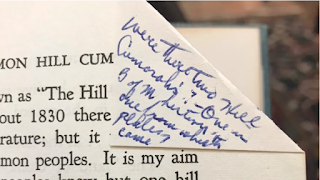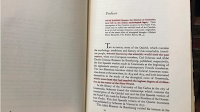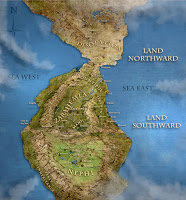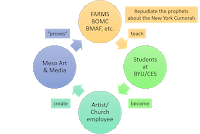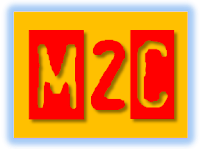Cumorah’s Southern Messenger
Another fun indication of how far M2C has pulled us away from the teachings of the prophets is the Church newspaper titled Cumorah’s Southern Messenger.
It was published by the South African Mission of the Church of Jesus Christ of Latter-Day Saints from 1927 – 1970.
You can read a sample copy here:
https://archive.org/details/cumorahsouthern0805eng?
A register of the collection at the Church History library is here:
https://eadview.lds.org/resource/public/collection/pdf/233/
Now, of course, our M2C intellectuals want Cumorah censored everywhere.
They don’t want members of the Church to know what the prophets have taught, but members will discover it anyway, one way or another.
Source: Book of Mormon Wars
